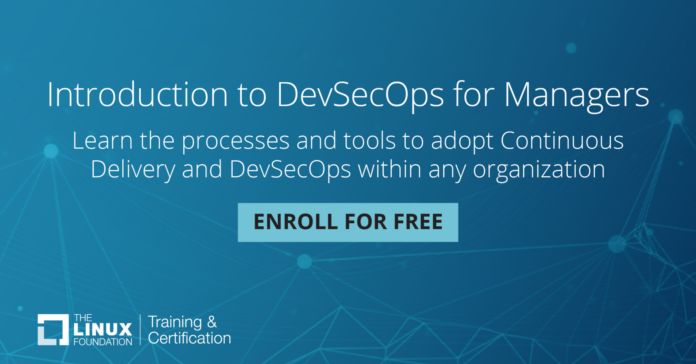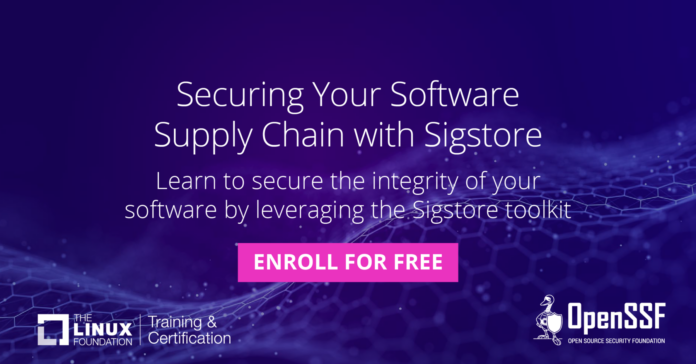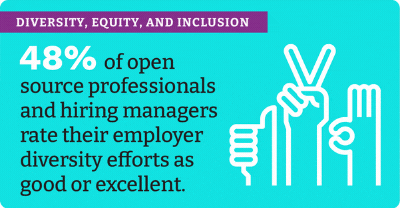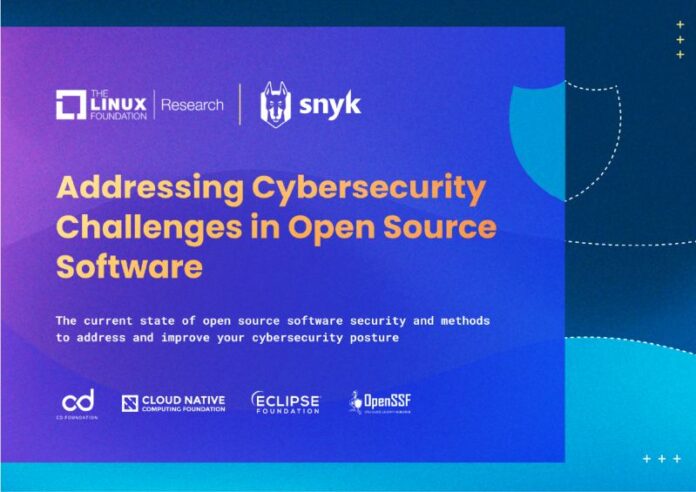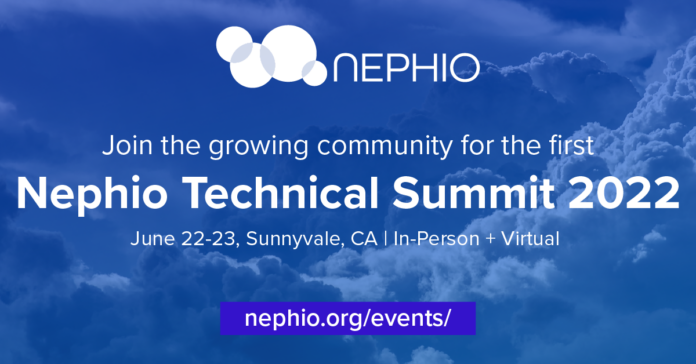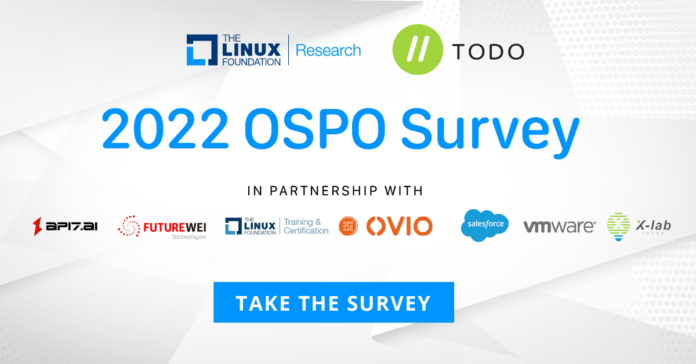SAN FRANCISCO—June 21, 2022— Project Nephio, an open source initiative of partners across the telecommunications industry working towards true cloud-native automation , today announced rapid community growth and momentum.
Since launching in April 2022 in partnership with Google Cloud, support has grown with 28 new organizations now part of the project (with over 50 contributing organizations), progress towards Technical Steering Committee (TSC) formation, and an upcoming Nephio Technical Summit, June 22-23, in Sunnyvale, Calif. New supporters include: A5G Networks, Alicon Sweden, Amdocs, ARGELA, CapGemini Technology, CIMI Corporation, Cohere Technologies, Coredge.io, CPQD, Deutsche Telekom, HPE, Keysight Technologies, KT, Kubermatic, Kydea, MantisNet, Matrixx, Minsait, Nabstract, Prodapt, Sandvine, SigScale, Spirent Communications, Telefónica, Tata Elxsi, TechMahidra, Verizon, Vodafone, Wind River, and Wipro.
Nephio’s goal is to deliver carrier-grade, simple, open, Kubernetes-based cloud-native intent automation and common automation templates that materially simplify the deployment and management of multi-vendor cloud infrastructure and network functions across large scale edge deployments. Nephio enables faster onboarding of network functions to production including provisioning of underlying cloud infrastructure with a true cloud native approach, and reduces costs of adoption of cloud and network infrastructure.
“We are pleased to see Nephio experience such rapid growth in such a short time,” said Arpit Joshipura, general manager, Networking, Edge, and IoT, the Linux Foundation. “This is testament to the market need for open, collaborative initiatives that simplify network functions and cloud infrastructure across edge deployments.”
“We are heartened by the robust engagement from our growing Nephio community, and look forward to continuing to work together to set a new open standard for cloud-native networks to advance automation, network function deployment, and the management of user journeys,” said Gabriele Di Piazza, Senior Director, Telecom Product Management, Google Cloud.
Developer collaboration is underway with the Technical Steering Committee formation in progress. And the Nephio technical community will gather in-person and virtually for the first Nephio Technical Summit, June 22-23 in Sunnyvale, Calif. The goal is to discuss strategy, technology enhancements, roadmap, and operational aspects of cloud native automation in the Telecommunication world. More details, including how to register, are available here: https://nephio.org/events/.
More information about Nephio is available at www.nephio.org.
Support from contributing organizations
A5G Networks
“A5G Networks is a leader and innovator in autonomous and distributed mobile core network software over hybrid and multi-cloud. Our unique IP helps realize significant savings in capital and operating expenditures, reduces energy requirements, improves quality of user experience and catalyze adoption of new business models. A5G Networks is excited to join the Nephio initiative for intent based automation and unlock the true potential of 5G networks,” said Kaitki Agarwal, founder, president and CTO of A5G Networks, Inc.
Amdocs
“Amdocs is excited to join the Nephio community and accelerate the Telecom industry’s journey towards a cloud-native, Kubernetes-based, automation and orchestration solutions. As a leader in telco automation and a founding member of Linux Foundation’s ONAP and EMCO projects, Amdocs is thrilled to join this new community that will address the challenges coming with the era of 5G, edge and ORAN,” said Eyal Shaked, General Manager, Open Network PBU, Amdocs.
Capgemini
“Capgemini is excited to join the Nephio community and join the Nephio working groups to facilitate the deployments of telecom operators by moving the Telecom industries towards a cloud-native platform and provide the automation and orchestration solutions with the help of Nephio. Capgemini is an expert in O-RAN standards and has FAPI compliant O-CU and O-DU implementations. Capgemini is thrilled to join this new community that will address the challenges coming with the era of 5G, edge and ORAN,” said Sandip Sarkar, senior director, CTO Organization, Capgemini.
CIMI Corporation
“The Nephio project promises to provide an open-source implementation of network operator service lifecycle automation based on the cloud-standard Kubernetes orchestration platform. That’s absolutely critical for the convergence of network and cloud software,” said Tom Nolle, president, CIMI Corporation.
Coredge.io
Arif Khan, CEO, Coredge.io said, “Bringing agility is delivering services and centrally managing the geographically distributed cloud, keeping cost in control is the key focus right now for operators. Nephio project is meant to achieve this with Kubernetes-based cloud-native intent automation and automation templates. We are glad to contribute to Nephio with our learnings in management of multi-cloud and distributed edge using intent driven automation inside the Coredge.”
Deutsche Telekom
“Large-scale automation is pivotal on our Software Telco journey. It is important that we work together as an industry on standards that will enable and simplify the cloud native automation of network functions. And we believe the Nephio project can play a fundamental role to speed up this process,” said Jochen Appel, VP Network Automation, Deutsche Telekom.
KT
“Cloud native is a next step on the journey of telcos’ path to successful digital transformation. Also the automated management to enable multi-vendor support and reduce cost by efficiency and agility is a key factor for operation of the cloud based network systems. The project Nephio will help open, wide, and easy adoption of such infrastructure. By co-working with partners in the project, we look forward to solving the interworking issues among multi-vendors and building up the efficient and agile orchestrated management system easily,” said Jongsik Lee, senior vice president, head of Infrastructure DX R&D Center, KT.
MantisNet
“MantisNet supports the Nephio initiative, specifically realizing the vision of autonomous networks. The Nephio project is complementary with the kinds of full-stack, end-to-end, programmable visibility, powered by an open, standards-based, event-driven, composable architecture that we are developing for a broad range of new and emerging use-cases to help ensure the secure and reliable operation of cloud-native 5G applications,”said Peter Dougherty, CEO MantisNet.
Matrixx Software
“Continued advancements in the automation of distributed Cloud Native Network Functions will be critical to delivering on the promises of new differentiated 5G services, and key to new industry revenue models,” said Marc Price, CTO, Matrixx Software.
Minsait
“As a company helping Telcos to onboard their 5G network functions, we are aware of the current challenges they are facing. Nephio is a key initiative to fulfill the promises of truly cloud native deployment and operation that specifically addresses the unique pain points of the Telco industry,” said Francisco Rodríguez, head of network virtualization at Minsait.
Nabstract.io
“Harmonization and availability of common practices that facilitate intent driven automation for deployment and management of infrastructure and cloud native Network Functions will boost the consumption of 5G connectivity capabilities across market verticals through abstracted open APIs,” said Vaibhav Mehta, Founder, Nabstract.io.
Proadapt
“Prodapt is the leading SI for connectedness industry with a laser focus on software intensive networks. Together as a key contributor to the Project Nephios, we will jointly accelerate TelCo’s journey towards becoming a TechCo by co-innovating, -building, -deploying, and -operating distributed multi-cloud network functions. We believe our collaboration would set the foundation of a fully automated intent driven cloud-native networks supporting differentiated 5G & distributed edge experience,” said Rajiv Papneja, SVP & global head, Cloud & Network Services, Prodapt.
Sandvine
“Sandvine Application and Network Intelligence solutions provide machine learning-based 5G analytics over hybrid cloud, multicloud, and edge deployments, empowering service-providers and enterprise customers to analyze, optimize, and monetize application experiences. Sandvine is proud to be a part of the Nephio initiative for intent-based automation, a prelude to Network-as-a-Service offerings that will scale autonomously, even when comprised of different vendors’ Infrastructure/Platform/Software-aaS components,” said Samir Marwaha, Chief Strategy Officer, Sandvine.
SigScale
“SigScale believes Nephio could be instrumental in achieving a management continuum across multi-cloud, multi-vendor networks,” said Vance Shipley, CEO, SigScale.
Vodafone
“Building, deploying, and operating Telco workloads across distributed cloud environments is complex, so it is important to adopt cloud native best practices as we evolve, to enable us to achieve our goals for agility, automation, and optimisation,” said Tom Kivlin, principal Cloud Architect, Vodafone. “Project Nephio presents a great opportunity to drive the cloud native orchestration of our networks. We look forward to working with our partners and the Nephio community to further develop and accelerate the simplification of network function orchestration.”
Wind River
“As active supporters and contributors of key telco cloud-native open source projects such as StarlingX and the O-RAN Alliance, Wind River is excited to join Nephio. Nephio’s mission of simplifying the deployment and management of multi-vendor cloud infrastructure across large scale deployments is directly aligned with our strategy,” said Gil Hellmann, vice president, Telecom Solutions Engineering, Wind River.
About Nephio
More information can be found at www.nephio.org.
About the Linux Foundation
The Linux Foundation is the organization of choice for the world’s top developers and companies to build ecosystems that accelerate open technology development and commercial adoption. Together with the worldwide open source community, it is solving the hardest technology problems by creating the largest shared technology investment in history. Founded in 2000, The Linux Foundation today provides tools, training and events to scale any open source project, which together deliver an economic impact not achievable by any one company. More information can be found at www.linuxfoundation.org.
#####
The post Nephio Sees Rapid Growth as More Organizations Commit to Simplify Cloud Native Automation of Telecom Network Functions appeared first on Linux Foundation.

